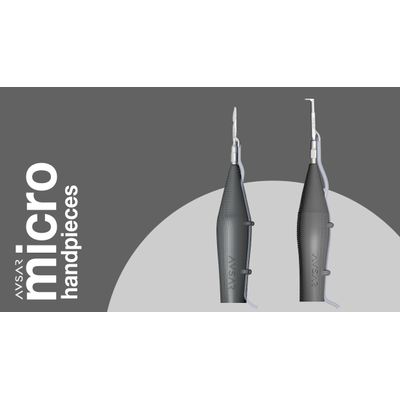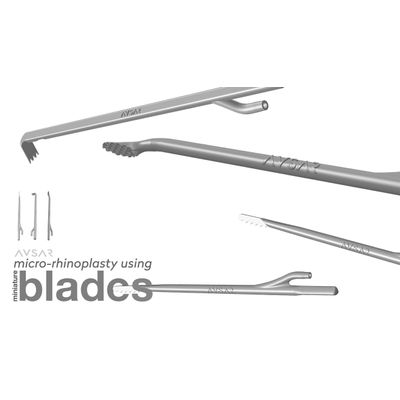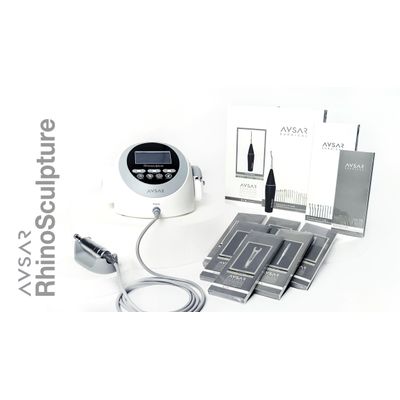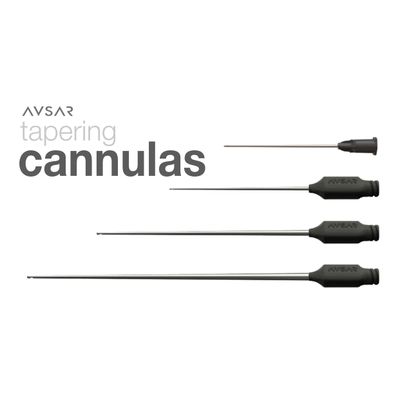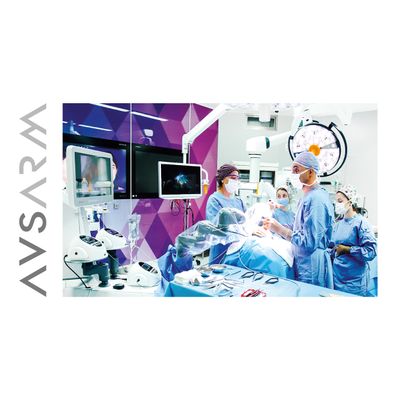

- Home
- Companies
- Avsar Surgical
- Products
Avsar Surgical products
AVSARM - Micro-Surgical Tools
Micro-surgical tools are used to dissect, reshape and suture the soft tissue and cartilaginous structures during video endoscopic rhinoplasty. These tools make it possible to perform delicate surgery on these structures.
AVSARM - Miniature Blades
These blades designed by Yakup Avsar are used under video-endoscopy. Hump reduction-rasping, medial osteotomy, Aufricht triangle modification, transverse and lateral osteotomies are performed with the aid of these blades. Split-thickness osteotomy is a surgical method in which an incomplete cut is made on the lateral nasal walls keeping the stability of bony nasal vault. This method was first introduced by Dr. Avsar and is a consequent advantage of this technology.
AVSARM - RhinoSculpture
Micro-rhinoplasty is an advanced technique based on the application of endo-micro-instrumentation facilities, both in rhinoplasty and septo-rhinoplasty.
AVSARM - Tapering Cannula
Fat Makeup is carried out with patented Avsar tapering cannula developed by Yakup Avsar. This cannulas is tapered to the tip and the hole in the tip is so small that make it a micro-cannula. The fatty tissue is tapered when advancing in the cannula and is gently injected from the tip of the cannula. The injection pattern is so smooth with this cannula and undesirable protrusions do not form in the area where the fat is given. The fat tissue can easily be dispersed in the layers of the recipient area, so the engagement and supply of the injected fat tissue is excellent. Multiple surgery sessions can be reduced by this cannula.
AVSARM - Video-Endoscopic Retracting Arm
The use of video-endoscopy in aesthetic surgery is generally for diagnosis and documentation purposes and has been introduced in subcutaneous surgery in a limited way from time to time. The widespread use of this system in daily use has naturally been prevented due to the difficulty of keeping up with the surgical field and the additional costs it creates. Despite these obstacles, its ability to be used in high-level surgical methods has always been curious and supported by surgeons.

